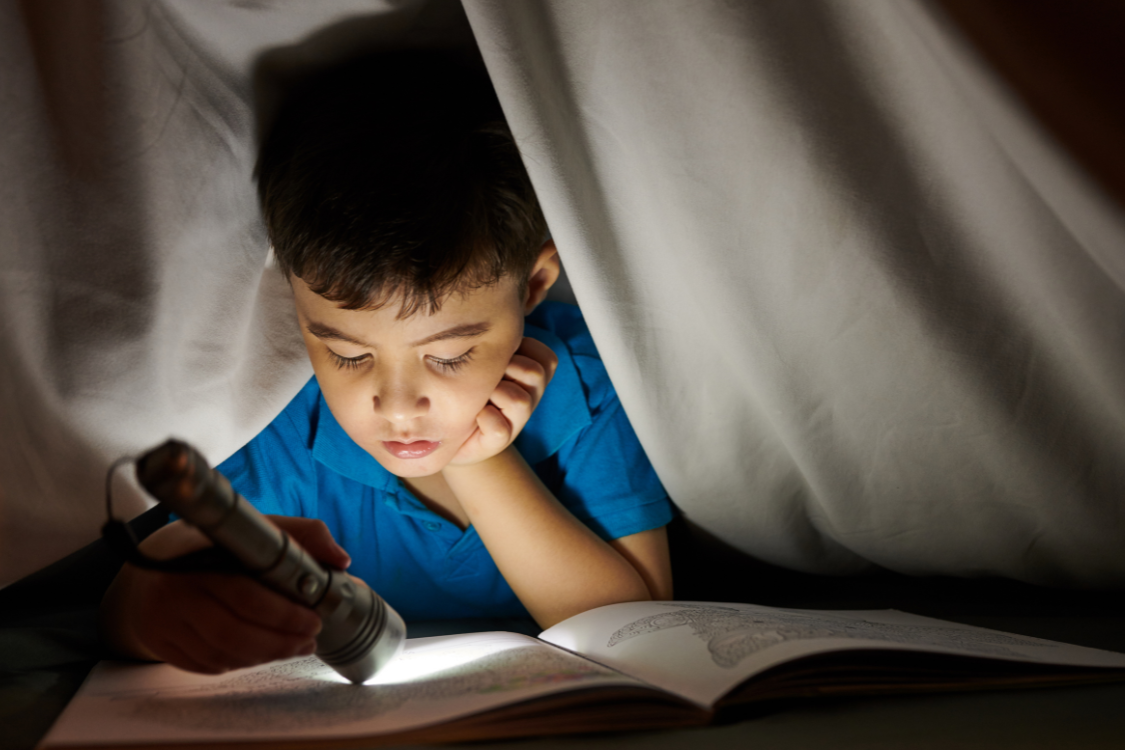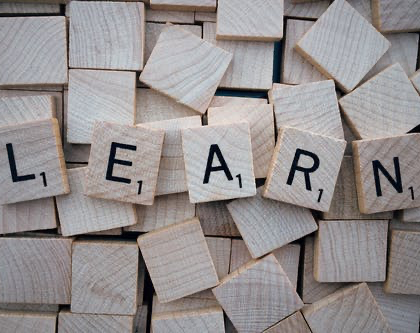Your daughter bounces into the library, makes a beeline for the chapter books, and emerges clutching a 200-page novel about wizards. She’s six. She can read about thirty words. Meanwhile, your son grabs the same Eric Carle board book he’s been reading since he was two, even though he’s now seven and reading at a second-grade level. You’re standing there with an armful of books you think might work, but honestly, you have no idea if any of them will help your kids actually improve their reading skills or just end up in a pile by their beds, untouched.
This happens in libraries across the country every single day. Parents want to support their children’s reading development, but they’re navigating a confusing maze of colored dots, letter levels, and Lexile numbers that don’t always make sense. Once you understand a few key concepts about reading levels and book selection, choosing library books becomes straightforward.
Three Reading Levels Every Parent Should Understand
Your child doesn’t have just one reading level. They actually have three distinct levels, and knowing the difference changes how you choose books.
At their independent level, your child can read with 95-100% word accuracy without help. They understand the story well and can read smoothly. These are the books your child reads alone before bed or during quiet time.
Their instructional level sits at 90-94% accuracy. Your child recognizes most words but encounters some new vocabulary and slightly trickier sentence structures. This level requires your presence. You help sound out challenging words, explain unfamiliar vocabulary, and ask questions about the story. Growth happens here.
Below 90% accuracy, you hit the frustration level. When your child misses more than one word out of every ten, they spend all their mental energy trying to decode individual words. Comprehension disappears because they can’t remember what they just worked so hard to read.
Most library books should fall into the independent or instructional categories for home reading. Save the frustration-level books for when you’re reading aloud to your child.
Why Beginning Readers Need Decodable Books
If your child is in kindergarten through second grade and still learning basic phonics patterns, you need to know about decodable books. Most libraries don’t organize their collections this way, which means you have to look for them deliberately.
Decodable books are written specifically to match the phonics skills children have been taught. If your child has learned short vowel sounds and basic consonants, a decodable book at that level uses mostly words like “cat,” “dog,” “sit,” and “map.” Your child can sound out nearly every word using the letter-sound relationships they’ve already learned.
Compare this to most early reader books, which often include words with phonics patterns children haven’t been taught yet. A seemingly simple book might have words like “said,” “could,” or “night” before a child knows those spelling patterns. When children encounter too many words they can’t decode, they start guessing based on pictures or the first letter.
Your beginning reader needs substantial practice with decodable books that reinforce their phonics instruction, alongside picture books you read aloud that expose them to richer vocabulary and more complex stories.
Many libraries are now adding decodable book collections. Ask your librarian if they have a decodable section. If not, preview books yourself by checking the first few pages to see if your child can decode the majority of words.
Make Sense of Library Leveling Systems
Libraries use various systems to organize books by difficulty: Lexile numbers, Guided Reading letters, DRA levels, grade equivalents, and publisher-specific systems. Each measures text complexity differently, and none of them tells you whether a book matches your child’s phonics knowledge.
The most effective approach combines understanding these systems with previewing books yourself. When your child shows interest in a book, open it and scan a few pages. Can they decode most of the words using the phonics patterns they know? Would they need to guess at multiple words per page?
For beginning readers, accuracy matters more than any leveling system can capture. A book labeled as appropriate for first grade might be perfect for one first grader and completely wrong for another, depending on what phonics instruction each child has received.
Smart Strategies for Your Next Library Visit
Start your library trip with a plan. Before you go, think about what phonics patterns your child has mastered. Do they know short vowels in simple three-letter words? Can they read consonant blends? Have they learned any vowel teams? This knowledge guides your book selection better than any colored dot system.
Let your child choose books that interest them, but preview them together before checking out. Open to a random page and have your child read a sentence or two. If they struggle with more than one word per sentence, that book goes in the “read aloud” pile instead of the independent reading pile.
Create two stacks during your visit. One stack contains books at your child’s independent or instructional level for them to read with minimal help. The second stack has books above their current reading level that you’ll read aloud. This satisfies their interest in books with appealing covers while ensuring they get practice with text they can successfully decode.
Don’t feel pressured to fill your library bag only with books at your child’s exact reading level. Include some easier books for building fluency. Add picture books with minimal text for quick wins. Mix in the decodable books that match their phonics instruction.
Build Confident Readers One Library Trip at a Time
Finding the right books at the library becomes easier with practice. You’ll learn to quickly assess whether a book matches your child’s current abilities. You’ll discover which publishers produce decodable texts your child enjoys.
Your strategic book choices create the foundation for reading success. When children consistently experience books they can decode, understand, and enjoy, they read more. More reading builds better readers.
Ready to give your early reader structured support at home? The Reading.com app provides systematic phonics instruction that builds the decoding skills your child needs to tackle all those library books with confidence. Start your free 7-day trial and watch your child’s reading abilities grow.





